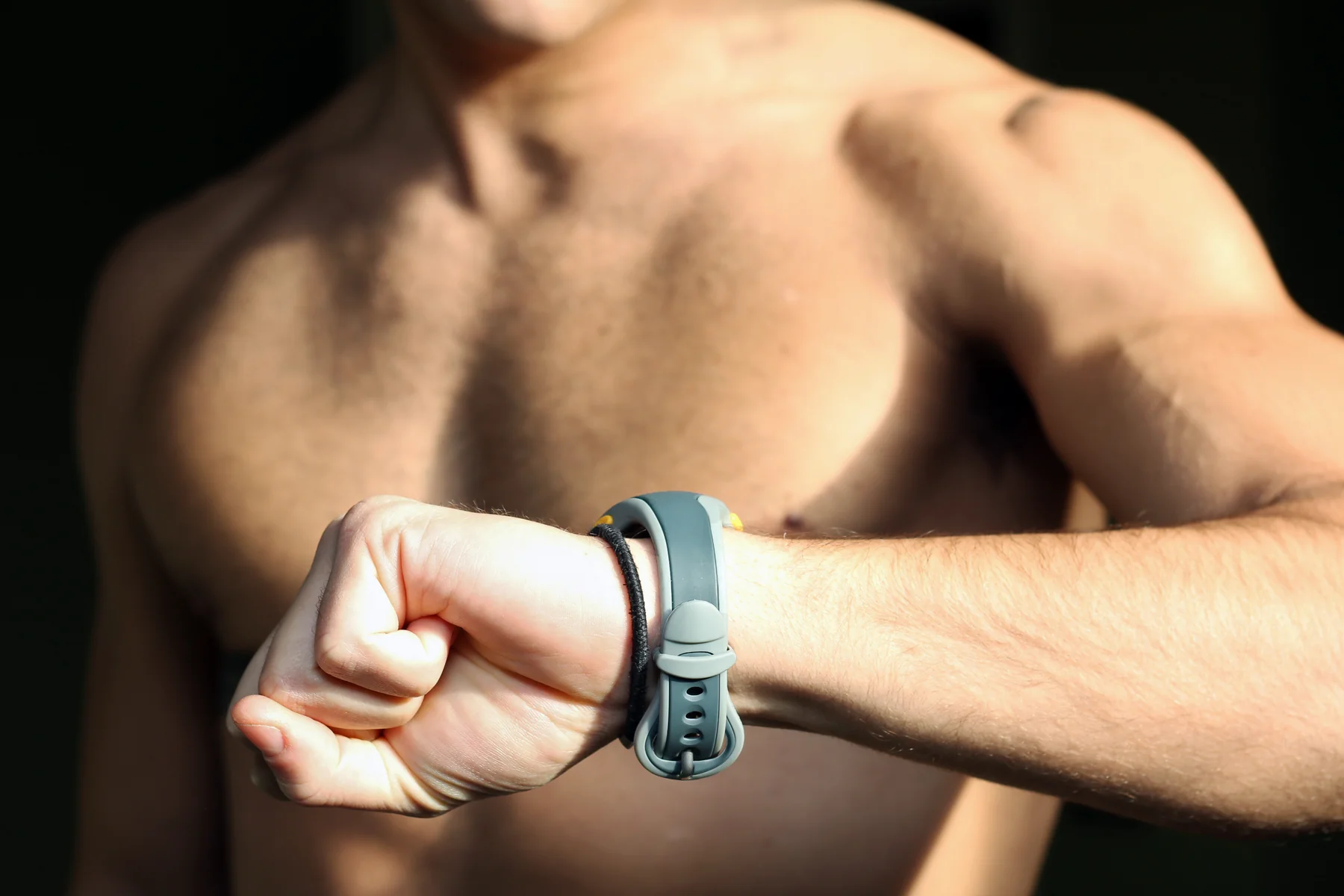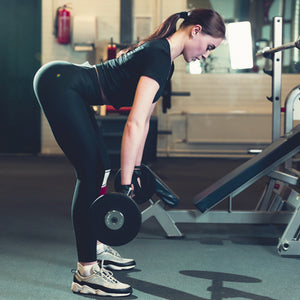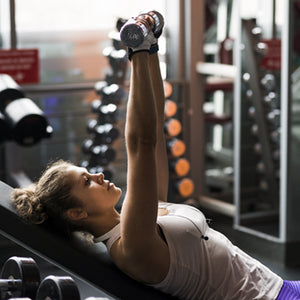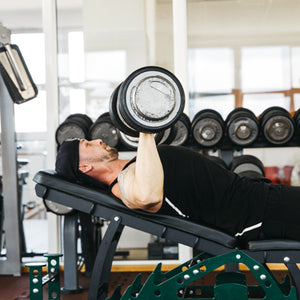
Understanding Heart Rate Variability and Why It’s Important for a Healthy Cardiovascular System
We live in the age of big data and tracking metrics, and the world of fitness is hardly exempt. Gym-goers and fitness enthusiasts are no longer content with simply using the number of reps in the gym or the number displayed on the bathroom scale to measure their health and fitness progress. From heart rate monitors in trendy group fitness classes like Orangetheory or F45 Training to wearable fitness trackers at the gym or on the run, heart rate variability (HRV) is the latest trend on everyone's minds. But what exactly is HRV, and is HRV actually a good measure of your health and fitness?
HRV 101: What Is Heart Rate Variability?
Before we get into the science of heart rate variability and why it's important for a healthy cardiovascular system, we need to first clarify some terms:
- Heart rate: Your number of heartbeats per minute (BPM). To determine your BPM, count your pulse for 10 seconds (with your first beat starting the timer at zero), then multiply this number by six.
- Heart rate variability: The variation of time between each heartbeat.
The time between each heartbeat fluctuates by mere milliseconds, which is why most people aren't aware of their HRV.
However, researchers note that HRV is actually a sign of a healthy heart, and the rise and fall of your HRV can tell you a lot about your fitness levels, stress levels, and overall wellness.
The Ups and Downs of Heart Rate Variability: What Impacts HRV?
Your HRV responds to changes in your nervous system, and specifically your sympathetic nervous system (SNS) and parasympathetic nervous system (PNS):
- Sympathetic nervous system: Your SNS is linked closely with physical and psychological stress. For instance, it controls your fight-or-flight stress response.
- Parasympathetic nervous system: Your PNS is linked with your body's ability to return to a place of balance and rest after a stressful situation (i.e., homeostasis) and is necessary for workout recovery.
The former kicks in when you're exercising since working out is a form of stress. This increases your heart rate and decreases HRV.
The latter is activated after you finish your gym session and results in a slower heart rate while increasing HRV.
By measuring HRV and how it goes up and down, you can gain deeper insights into your body's response to exercise and rest and also get a better picture of your cardiovascular health.
The Science of Heart Rate Variability: Is HRV Good For You?
In a healthy body, HRV should decrease during times of stress and increase during times of rest and relaxation. Thus, it should naturally fluctuate throughout your day, coinciding closely with your physical and mental activities.
Disruptions in your HRV patterns are helpful because your HRV can reveal:
- Your levels of psychosocial stress: stress can impact your physical health, mental health, and sleep
- Your fitness levels: HRV can show if you're overtraining or overexercising and, conversely, if you're not pushing yourself hard enough in your workouts
- Your cardiovascular health: Healthy hearts have a higher HRV, while decreased HRV can be a warning sign of heart disease
- Your workout recovery: Not giving yourself enough rest between workouts can lead to inflammation, and decreased HRV is linked with chronic inflammation
Tracking HRV can therefore be a powerful way to see if you need to adjust your workout schedule, give yourself more time for recovery, or tackle any underlying stress in your life that may be sabotaging your physical and mental wellness.
How To Track Your Heart Rate Variability: What's the Most Accurate Measurement of HRV?
The most accurate HRV measurement is an electrocardiogram conducted by a medical professional. However, this level of accuracy is not needed by most people who are simply using HRV as a way to be more self-aware of their fitness and health.
Instead, weightlifters, athletes, and the general public can simply opt for:
- Chest strap heart monitors
- Smartwatches with built-in heart rate monitors, such as the Apple Watch or the Fitbit Versa 3
- Wearable fitness trackers, such as the Garmin Vivosmart 4 or the Oura Smart Ring
The HRV accuracy of such devices varies, and the technology continues to be developed and improved. Currently, chest strap monitors are the most accurate option for gym-goers.
Regardless of which method you choose, the most important thing is that you're consistently monitoring your HRV with the same device over time, which can help you to identify key patterns in your HRV.
How To Improve Your HRV and Use HRV For Better Health
As with any sort of fitness metric or technology tracking, your heart rate variability assessment is only as good as it is applied.
Instead of simply monitoring your HRV, use your HRV patterns to shift your lifestyle habits, change your workout routine, improve your HRV, and boost your motivation to take proactive steps towards better health.
HRV is highly individualized, and there's no "good" or "bad" HRV. Instead, you can use your HRV in a few key areas:
- General fitness readiness: Track your HRV over time to establish your current baseline.
- Training adaptation and recovery: Studies show that HRV can help pinpoint your workout intensity. From your baseline, measure your HRV after a few days of intense physical activity. Your HRV will dip if you push yourself hard enough; then, it will rise above your baseline after you've had enough rest and recovery.
- Mental health and stress: Stress triggers the release of cortisol, which can negatively affect your rest, sleep, muscle growth, metabolism, and more. If you seep a dip in your HRV, but your general routine hasn't changed, you may be under excessive chronic stress and may benefit from healthy stress release (e.g., meditation, mindfulness, time in nature, etc.).
- Lifestyle habits: A healthy lifestyle will increase your HRV. Top options to improve HRV include staying hydrated, avoiding alcohol, eating a well-balanced diet, avoiding high-fat and high-sugar processed foods, and getting enough sleep.
Your HRV is intertwined with rest, recovery, and quality nutrition. Tiger Fitness' collection of fitness supplements can help you to improve your HRV by supporting proper recovery and repair. From post-workout supplements to stress-reducing vitamins and minerals, browse Tiger Fitness' collection of high-quality supplements today!






